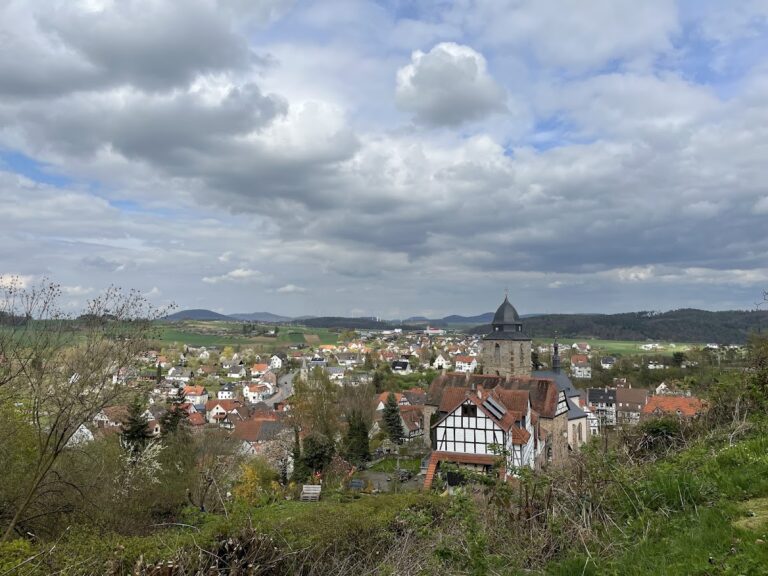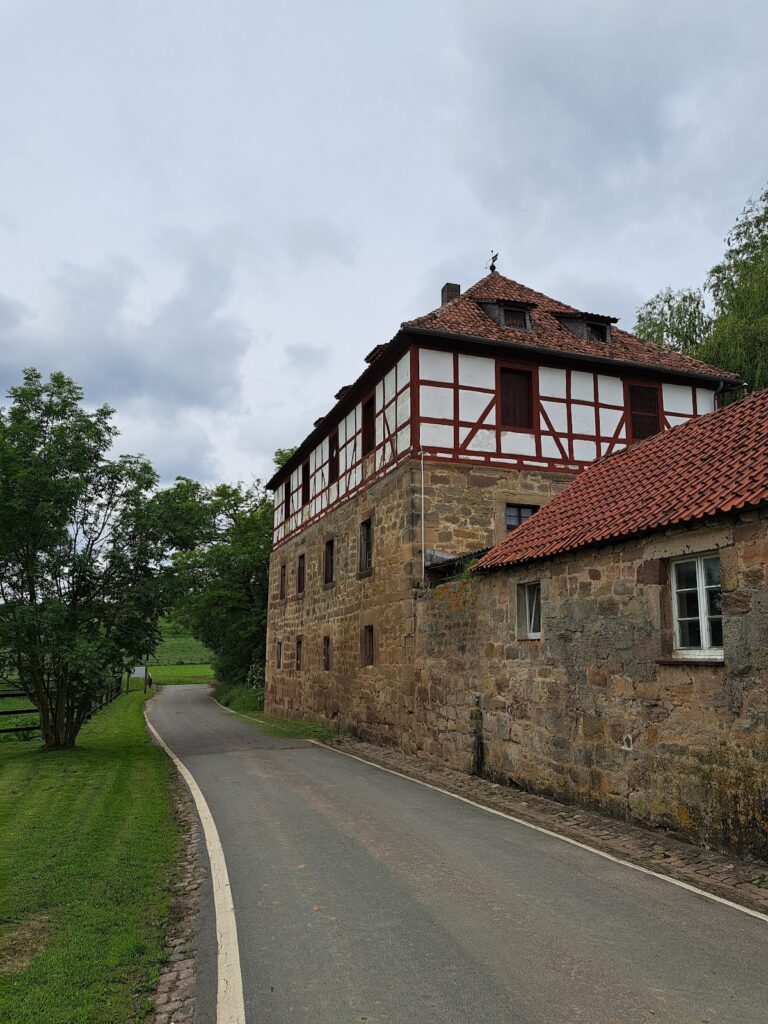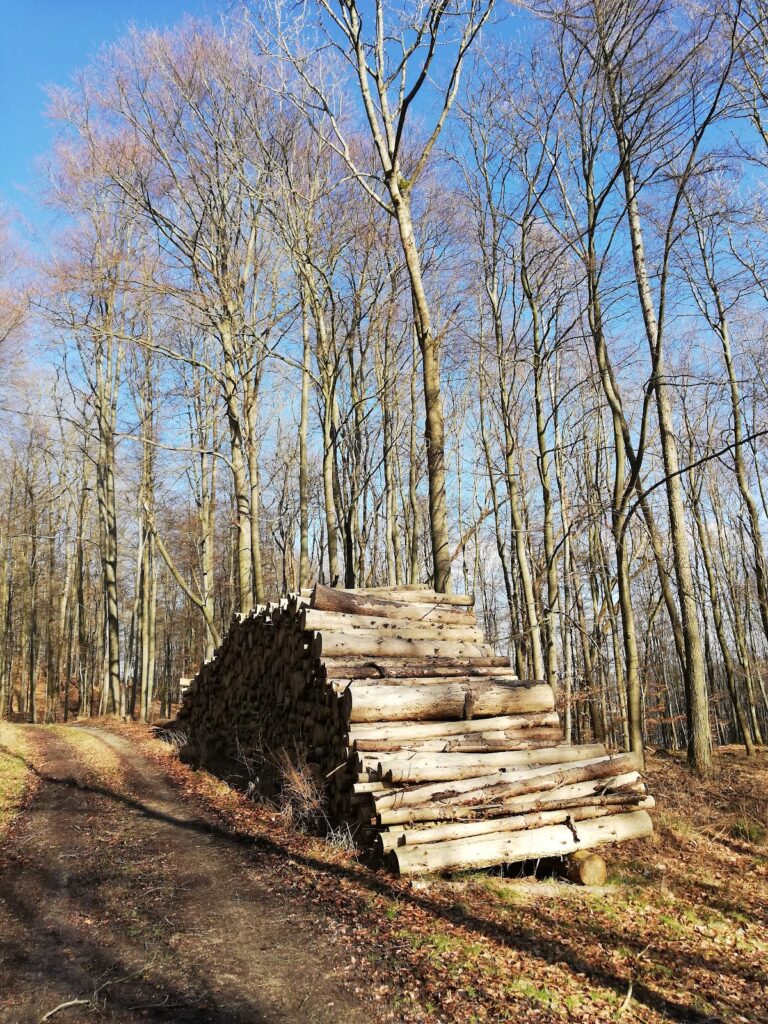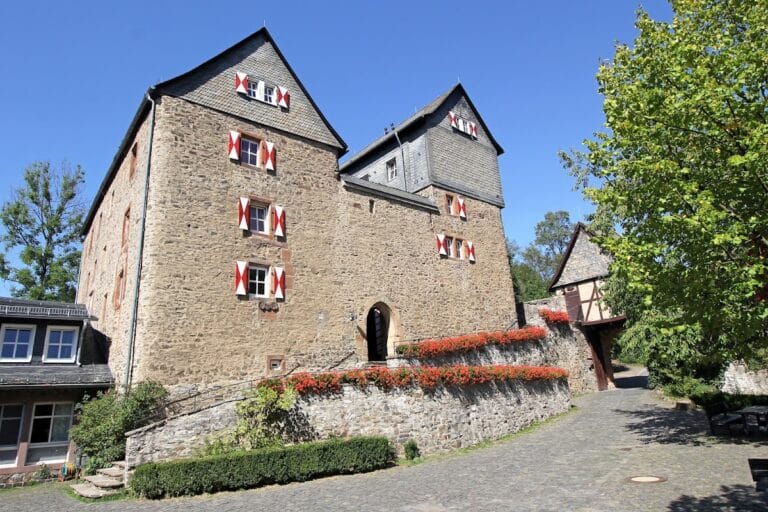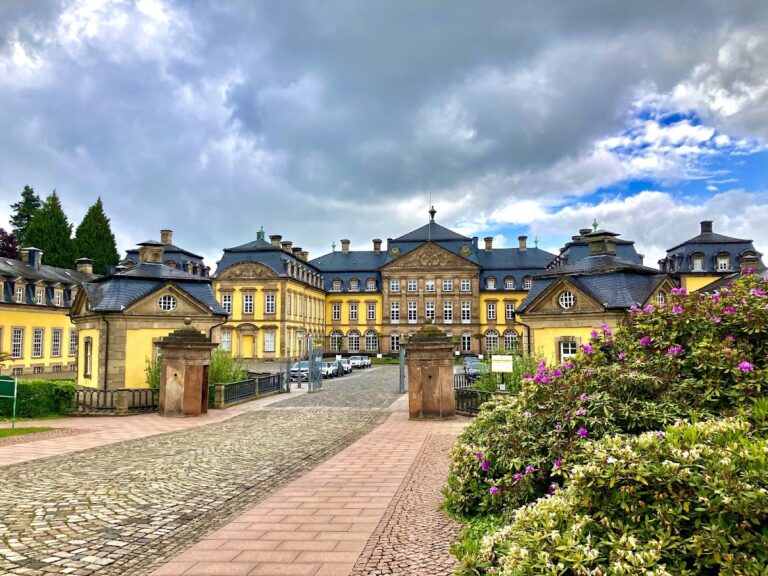Burg Züschen: A Medieval Castle and Manor in Germany
Visitor Information
Google Rating: 3.5
Popularity: Very Low
Google Maps: View on Google Maps
Official Website: www.garvensburg.de
Country: Germany
Civilization: Unclassified
Remains: Military
History
Burg Züschen was a castle situated in the municipality of Züschen, within what is now modern Germany. It was constructed and occupied during the medieval period by local German nobility, serving as both a defensive stronghold and a residence.
The settlement of Züschen, once an independent town, formed part of the County of Waldeck for several centuries. Around the year 1322, the town is believed to have been granted municipal rights, marking its growing importance in the region. Burg Züschen played a central role in the town’s governance and defense through this time.
In 1433, stewardship of both the castle and the town passed to the Lords of Meysenbug as a fief, a form of feudal tenure. The Meysenbug family maintained possession of the estate for nearly four centuries until their lineage ended in 1810. During their tenure, the castle and the town were closely linked through administrative and familial ties.
Around the year 1600, the original castle underwent a significant transformation. Portions of the medieval structure were dismantled, and the Meysenbug family erected a new manor house in its place. This four-story stone building was constructed in a style reminiscent of a castle and became the center of a larger estate. The renovation coincided with the construction of a church in 1604, also commissioned by the Meysenbug family, suggesting a coordinated effort to reshape the town’s architectural and social landscape.
Following these changes, the castle as it was originally known ceased to exist in its medieval form. The site evolved into a manorial estate that reflected early modern styles and functions, moving away from purely defensive purposes.
Remains
The physical site of Burg Züschen today is occupied by the manorial complex established by the Meysenbug family after 1600, with no visible remains of the medieval castle surviving above ground. The existing manor house is a four-story building made of stone and resembles a castle in form, oriented along an east-west axis. Attached at its eastern end is a perpendicular wing of similar size which extends northward, creating an L-shaped layout.
On the manor house’s west gable, a sandstone relief illustrates a crucifixion scene, providing artistic detail connected to its early modern construction period. Additionally, the southern facade at the western extremity features a bay window rising two stories above the ground floor, adding to the building’s architectural character.
Archaeological records and a detailed ground plan preserved at the University Library Kassel shed light on the castle’s original layout before conversion. The medieval castle had an irregular floor plan shaped by various construction phases over time. Two spiral stair towers allowed access to the residential rooms, while the ground floor likely served practical or economic functions such as storage or service spaces.
The castle stood near the town’s southeast fortifications, placed strategically above the corner of the town walls. It neighbored the “thor zur Kirche,” or gate to the church, and was adjacent to a “Zwinger mauer,” a type of outer defensive wall designed to fortify the castle’s courtyard and perimeter. These massive walls persisted on the opposite side of the courtyard, indicating their prominent role in defense and their integration with the natural slope of the landscape.
Surrounding the castle were additional stable and utility buildings, which together formed a spacious estate complex that supported the manorial household. Although these structures evolved over time, traces of their arrangement confirm the site’s multifaceted use as a noble residence and working estate.
The preserved ground plan and historical evidence provide a clear understanding of how Burg Züschen related spatially to the town’s fortifications and religious buildings, illustrating its position as a key component in the medieval settlement’s defensive and administrative network.


